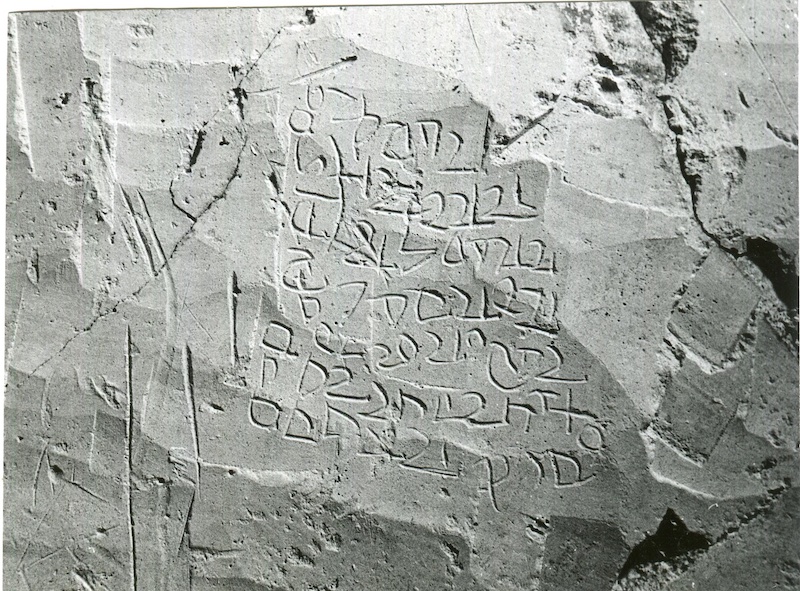The value and validity of translation for learning classical languages
Two years ago, during the middle of lockdown when we had to teach all of our courses via zoom, one student was conspicuously superior to all the other dozen or so students in my first-year Literary Sinitic / Classical Chinese (LS/CC) class. She was clearly an innately smart student, but in addition she seemed to possess a special knack for grasping the grammar, structure, and meaning of the texts we read day after day. When it came to parsing a particularly difficult passage, she was consistently the one who could figure it out fastest and most accurately. I had no idea to what particular talent or prior training her excellence could be attributed.
I should mention that this student was from China, as were two-thirds of the others. Only one-third of the class were from other countries. I should note, parenthetically, that by and large the more languages a student knows well when he or she takes LS/CC, the better she or he tends to perform in my class. For example, one of the best students in recent years was a Mexican whose native tongue is Spanish and who is advanced in Korean. I let him pronounce the texts in Korean.
Read the rest of this entry »
